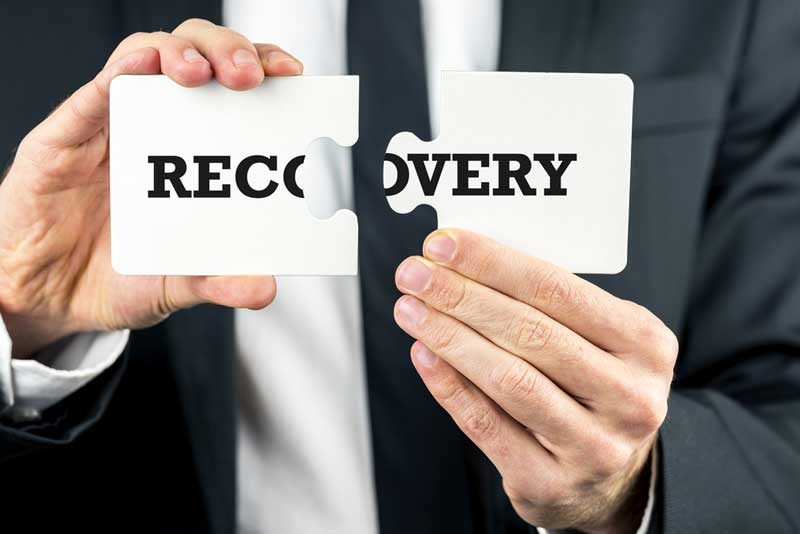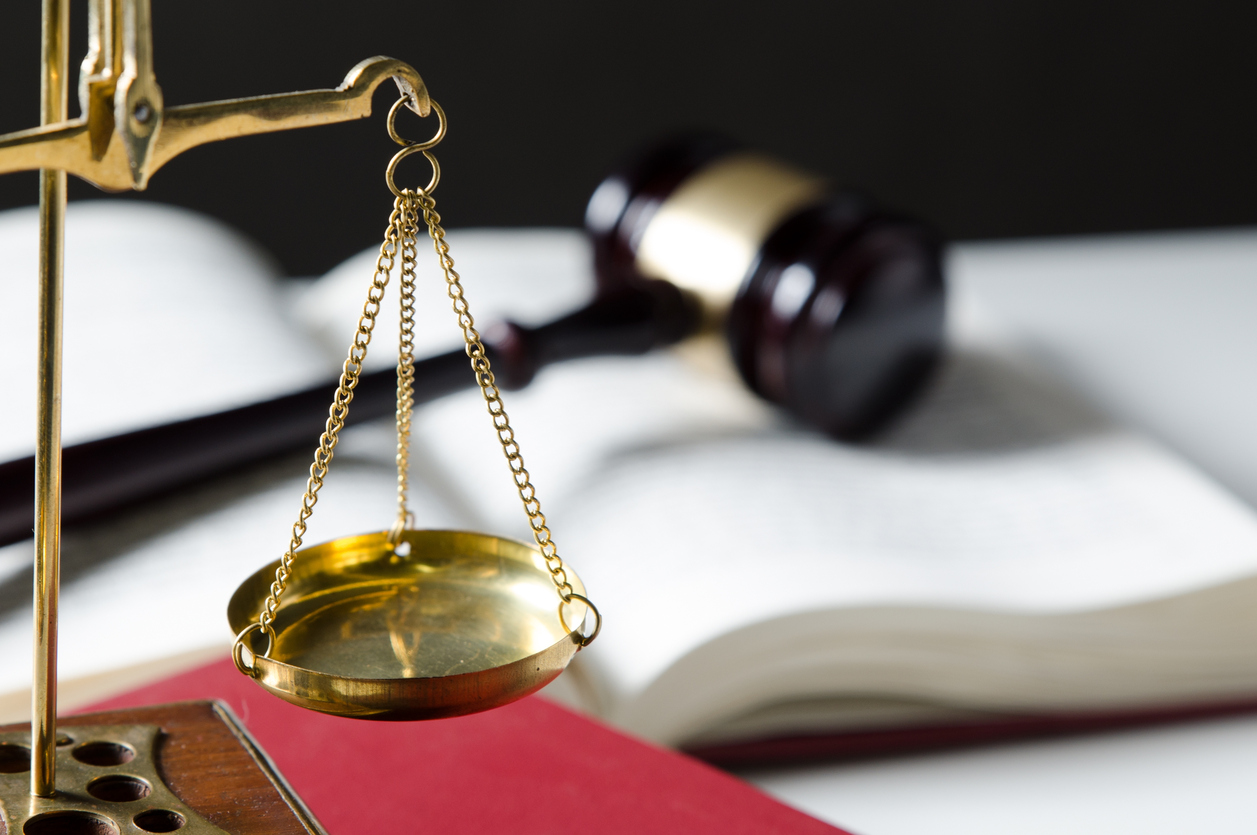Table of Contents
1. Initial Collection Efforts (Pre-Legal Phase)
Before resorting to legal action, many creditors attempt to recover the debt through informal means. This stage involves various efforts to encourage the debtor to pay voluntarily. These efforts can include:
a. Contacting the Debtor
-
Phone Calls and Emails: The first step often involves reaching out to the debtor through phone calls or emails to remind them of the outstanding debt. Communication should be polite, clear, and firm.
-
Formal Demand Letter: If initial communication fails, sending a formal demand letter can be an effective method. The demand letter is a written request for payment, which clearly outlines the debt, payment terms, and the consequences of non-payment. It often gives the debtor a set period to pay before further legal actions are taken.
Tip: In your demand letter, make sure to include:
-
The total amount owed (including any interest or fees, if applicable).
-
The deadline for repayment.
-
A statement about your intent to pursue legal action if the debt is not paid.
2. Engaging a Debt Collection Agency
If initial attempts to collect the debt are unsuccessful, many creditors choose to engage a debt collection agency. These agencies specialize in recovering overdue debts and have the expertise to handle the process efficiently. Debt collection agencies can be hired to:
-
Contact the debtor on behalf of the creditor.
-
Negotiate payment terms with the debtor.
-
Recover the debt through both informal and legal means.
Debt collection agencies often work on a commission basis (usually a percentage of the recovered debt). If the agency is unable to collect the debt, you may still need to proceed with legal action.
3. Taking Legal Action: The Court Process
When informal efforts fail, creditors may need to initiate legal action to recover the debt. The legal process begins with filing a claim in court, and the specific steps can vary depending on the jurisdiction and the amount of the debt. Below is an overview of the typical legal process for https://fun-lovincriminals.tv/:
a. Small Claims Court (for Small Debts)
For smaller debts (usually under a certain monetary threshold, which varies by jurisdiction), creditors can file a claim in small claims court. This process is generally faster and less expensive than going through a higher court.
-
Filing the Claim: To begin the process, the creditor files a claim in small claims court, providing documentation of the debt (e.g., invoices, contracts, receipts).
-
Notice to Debtor: Once the claim is filed, the court issues a summons to the debtor, informing them of the court date and giving them an opportunity to respond.
-
Hearing and Judgment: Both the creditor and debtor attend a hearing where the judge will review the evidence. If the court finds in favor of the creditor, a judgment will be issued, ordering the debtor to pay the amount owed.
b. County or District Court (for Larger Debts)
If the debt exceeds the small claims threshold or if the creditor seeks more complex remedies (such as a lien on property or wage garnishment), the case may be heard in a higher court. The process involves:
-
Filing a Lawsuit: The creditor initiates the process by filing a formal complaint or lawsuit, which outlines the debt and the legal basis for the claim.
-
Serving the Debtor: The debtor is formally served with the complaint and is required to file a response (often referred to as an answer).
-
Court Hearing and Judgment: Both parties will present their case in front of a judge. If the judge rules in favor of the creditor, a judgment will be issued, directing the debtor to pay the debt.
Tip: Legal costs can be significant, so carefully assess whether the debt is large enough to justify the expense of litigation.
4. Enforcement of Judgment
Once a court has issued a judgment in favor of the creditor, further steps must be taken to enforce the judgment and recover the debt. Common methods of enforcing a judgment include:
a. Wage Garnishment
Wage garnishment is a legal process that directs the debtor’s employer to withhold a portion of their wages and send it directly to the creditor until the debt is paid off. This method is commonly used for unsecured debts like credit cards and personal loans.
b. Bank Account Levy
In some cases, a creditor can obtain an order from the court to seize funds directly from the debtor’s bank account. This method allows the creditor to access the debtor’s funds without needing to seize physical assets.
c. Property Liens
A lien can be placed on the debtor’s property (e.g., real estate or vehicles), which legally prevents the debtor from selling or refinancing the property without paying off the debt. If the debtor sells the property, the creditor will receive payment from the proceeds.
d. Seizure of Assets (Writ of Execution)
A writ of execution is a legal document that allows a creditor to seize and sell a debtor’s assets (such as vehicles, real estate, or other valuable items) to recover the debt.
5. Bankruptcy and Debt Recovery
In certain cases, a debtor may file for bankruptcy, which can significantly affect the debt recovery process. Bankruptcy proceedings are designed to provide the debtor with relief from overwhelming debts, but they also affect the creditor’s ability to collect the debt.
-
Chapter 7 Bankruptcy (Liquidation): In a Chapter 7 bankruptcy, the debtor’s assets may be liquidated to pay creditors. However, not all debts are discharged, and some creditors may still be able to collect partial payment.
-
Chapter 13 Bankruptcy (Reorganization): In a Chapter 13 bankruptcy, the debtor creates a repayment plan to pay back creditors over time. Creditors may receive only a portion of what they are owed based on the debtor’s ability to pay.
-
Impact on Debt Recovery: When a debtor files for bankruptcy, an automatic stay is issued, which temporarily halts all collection actions, including lawsuits and wage garnishments. Creditors may have to file a claim with the bankruptcy court to recover any part of the debt.
6. Legal Considerations in Debt Recovery
While pursuing debt recovery, it’s important for creditors to be aware of various legal considerations:
-
Statute of Limitations: Each jurisdiction has a statute of limitations that limits how long a creditor has to take legal action to recover a debt. If the statute of limitations expires, the creditor loses the right to sue for the debt.
-
Fair Debt Collection Practices: Creditors and debt collectors must follow laws governing debt collection practices. For example, the Fair Debt Collection Practices Act (FDCPA) in the U.S. prohibits certain abusive practices, such as harassment or misrepresentation during debt collection.
-
Debt Settlement: In some cases, creditors and debtors may agree to a debt settlement, where the debtor pays less than the full amount owed. This often occurs through negotiation or mediation and may be a faster, less expensive option than pursuing legal action.
Conclusion
The debt recovery process can be complex, but understanding the steps involved helps ensure that creditors pursue the right actions at the right time. From initial collection efforts to legal action and enforcement, creditors have several options to recover unpaid debts. By following the proper legal procedures and remaining informed about relevant regulations, you can improve your chances of successfully recovering the money owed to you.
If you are unsure about any aspect of debt recovery or need assistance navigating the legal process, it’s advisable to consult with an attorney or a professional debt collection agency.



:max_bytes(150000):strip_icc()/GettyImages-554489613-317ada4c5ef24cdab61cff71538852db.jpg)
